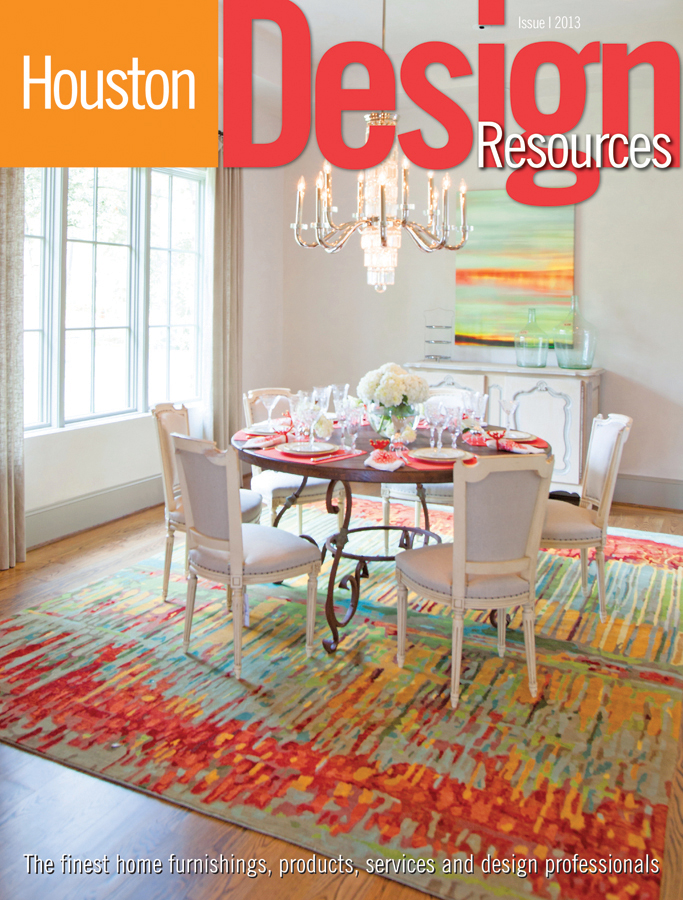Great news Houston Design Resources readers….statistics just released by McGraw Hill Construction today reported on May contracts for future construction in the metropolitan statistical area of Houston-Baytown-SugarLand, consisting of Austin, Brazoria, Chambers, Fort Bend, Galveston, Harris, Liberty,Montgomery, San Jacinto and Waller in Texas.
An authority on the construction market, the firm produces Dodge Reports and Sweets Catalog Files. According to the Research and Analytics unit of McGraw Hill Construction, the latest
Month’s construction activity followed this pattern:
2013 2012 Percent Change
Residential
TOTAL BUILDING $770,629,000 $679,868,000 +13
For the year-to-date on a cumulative basis, the totals are:
2013 2012 Percent Change
Residential $3,487,483,000 $2,832,771,000 +23
-Residential buildings include one and two family houses and apartments
Houston is booming…if you are building, renovating or just decorating make sure you pick up the current issue of Houston Design Resources for all your residential design needs, from architects and builders to interior designers. All your furniture, flooring, rugs, antiques, plumbing, hardware, ironworks, appliances, countertops, landscaping resources can be found on the text listing pages.

